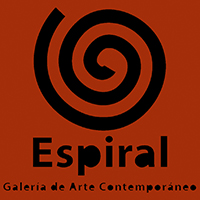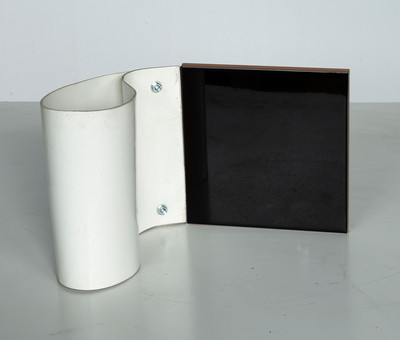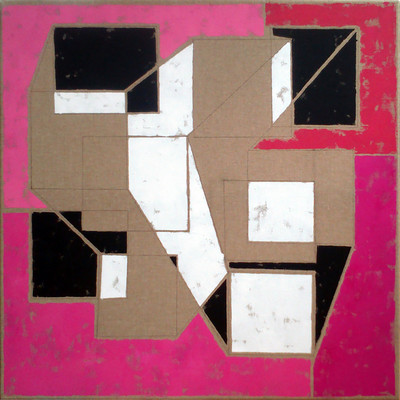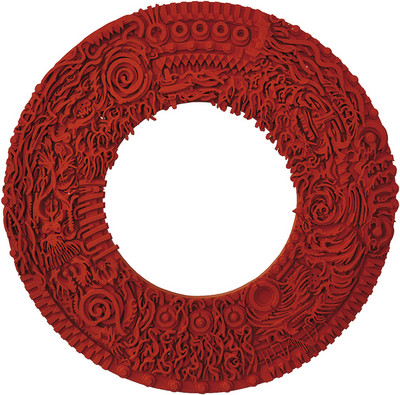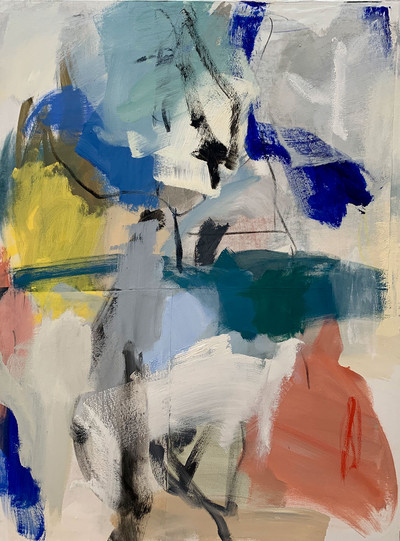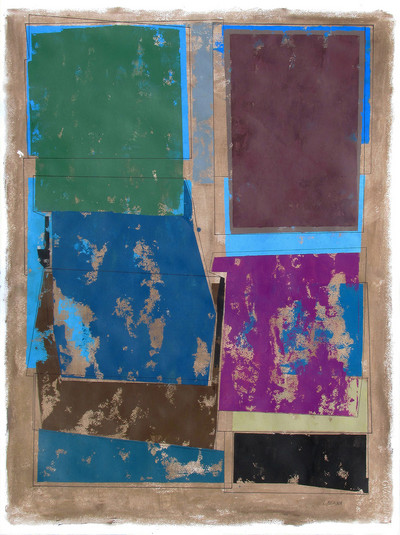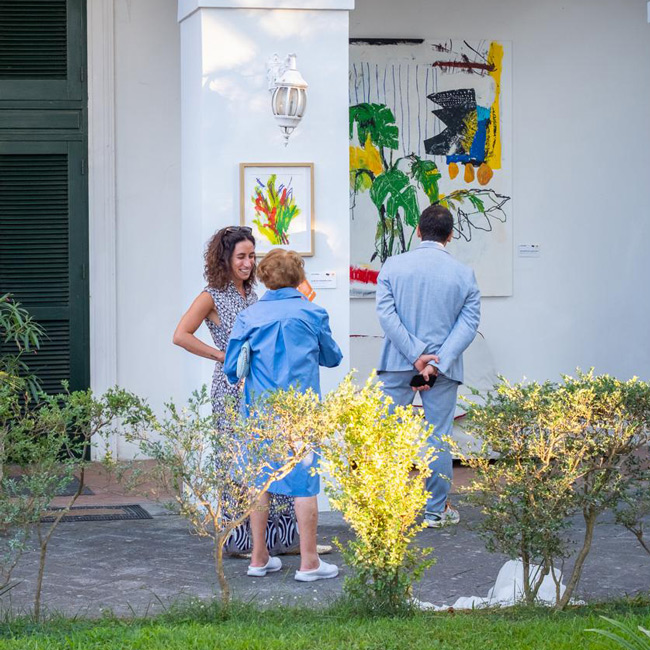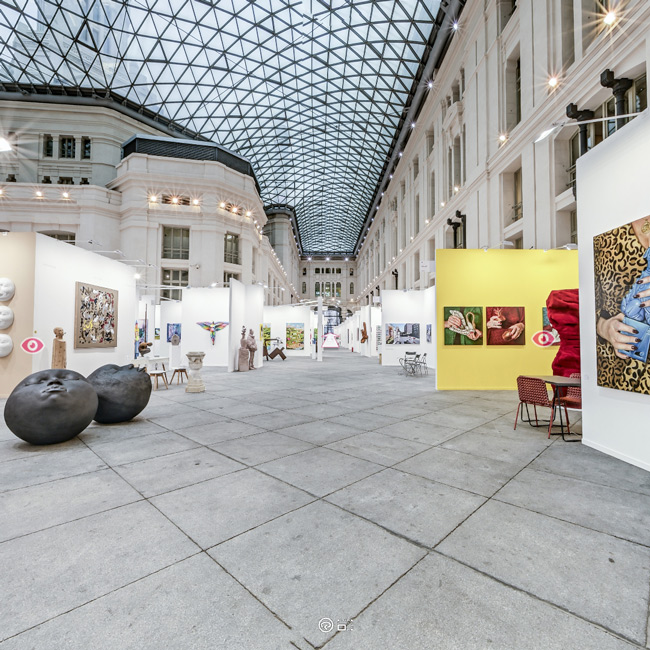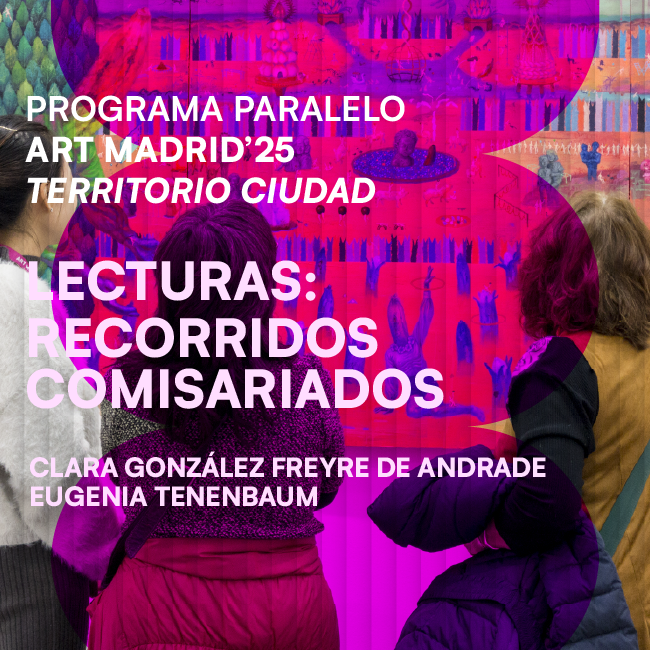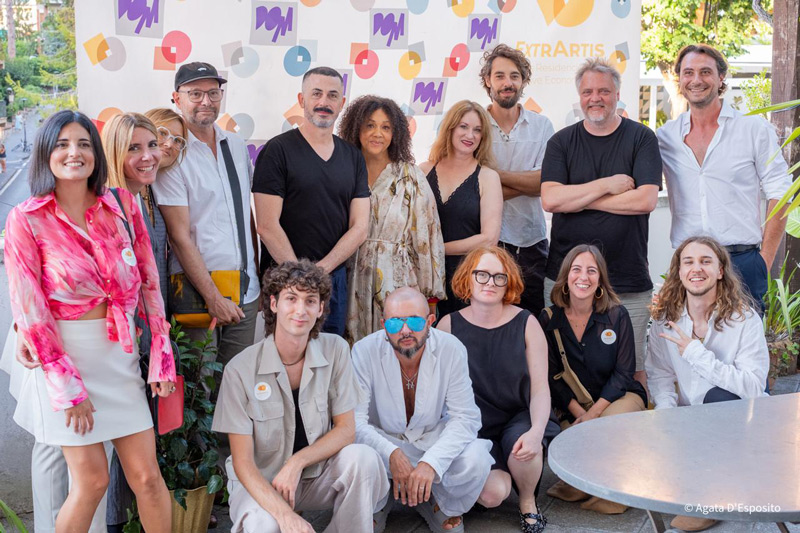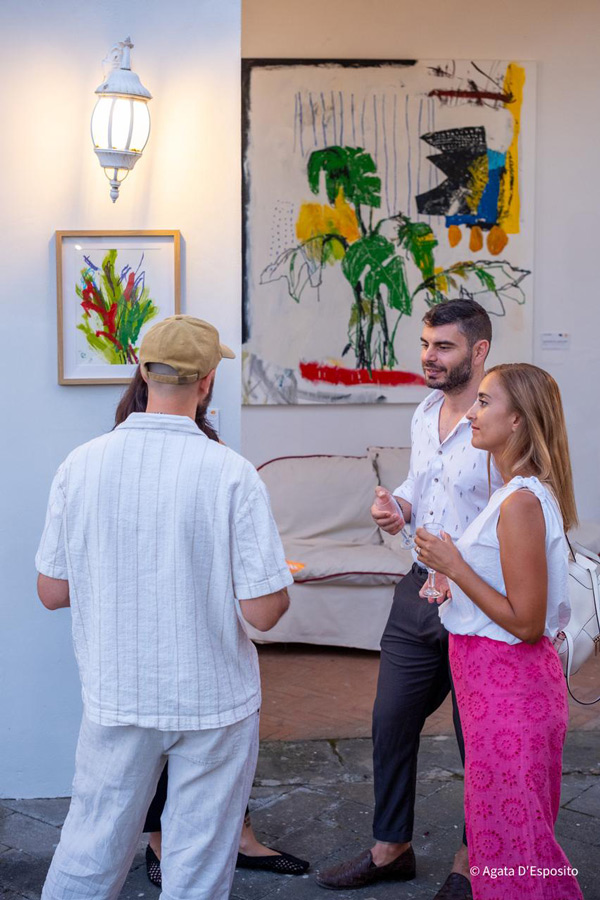FOUR ARTISTS FAR AWAY OF THE COMMON WITH GALERÍA ESPIRAL
Feb 2, 2020
art madrid
Galería Espiral, a veteran of the Art Madrid fair, proposes in this edition, a trip to the creative universes of four artists that represent in their artwork different discursive lines, but all with a clear tendency towards the purest abstraction. A common element in the work of these artists (all from the same generation) is their personal search, an imperative need that distances them from the common. They are: Nacho Angulo, José Carlos Balanza, Luis Medina and Eduardo Vega de Seoane. Artists who make us see.
The artists of Madrid Nacho Angulo and Eduardo Vega de Seoane have been present in almost all the exhibition proposals of Galería Espiral for Art Madrid. In this way, we have been able to see the evolution in the creative language of both over the years, culminating in solid creations in which the questions remain. The multidisciplinary artist José Carlos Balanza has a long artistic career. For his part, the artist, formerly an industrial engineer, Luis Medina, has participated in numerous individual exhibitions in Spain.
Nacho Angulo (Madrid, 1950), trained as a painter with Martín Sáez, a friend of his father, who later studied architecture with Arturo Pardos at an academy where some of the best known artists of his generation passed through.
Angulo uses wood as a main component, creating his own language. From this organic material, he plays with textures and distribution in space.
"His paintings are constructed by layers, by times, handling rhythms of his passion for music, dark silences and vivid colours of rhizomes, "time and space", of his admired Deleuze. "To be carpintor", as he has named himself in so many occasions, leads us to think of someone who builds his paintings with wood, neither beautiful nor elegant wood, but wood from industry, from the work, from our hurried and recycled time..." (this is how Luis Martos defines the artist in a recent catalogue).
The sculptor José Carlos Balanza (Logroño, 1958), has extensive experience in individual and group exhibitions. His pieces are part of important collections such as the Würth Museum in La Rioja, the Margarita Montferrato Foundation in Balaguer or the Antonio Saura Foundation in Cuenca.
Balanza is based on conceptual approaches revealed in sculpture, mainly in iron, where the time of the welding bow itself becomes the pencil and brush that give testimony of his own life. In his latest works, he moves away from iron, opening up to new materials: industrial ceramics, screws and a kind of rubber-paint with a metal mesh structure, as a material with a strange appearance and peculiar flexibility by means of which he achieves that special expressiveness, creating partial objects, flyers on black ceramic spaces, dark kitchen and infinite cosmos.
"The resulting object as the beginning and end of the sum of all that makes up the distance, which is defined by the drawing of my life, by the sum of each and every one of the structures that have been necessary to walk on them, with all that I am in order to arrive."
Luis Medina (Santander, 1955), premiered in Art Madrid with Espiral Gallery. Medina's artistic personality is more formalistic and normative than that of his booth colleagues. His education is more technical, coming from industrial engineering, but his abstraction is not rigorous but experimental, widely colourful, playing a kind and almost musical side of the geometric field.
The colour is a fundamental element in the work of the artist from Santander, through chromatic games, Luis Medina expresses and creates a minimalist perspective. Always looking for a balance in the composition; sometimes the line, the planes, the geometry in sum, appropriates his expressive discourse. Sometimes he approaches the lyrical abstraction where the pure feeling of colour can overcome everything.
The exhibition proposal of the Cantabrian gallery is completed with the artist Eduardo Vega de Seoane (Madrid, 1955), who has a consolidated career as a painter both in Spain and in Europe, mainly in Germany, where he exhibits frequently and enjoys well-deserved recognition. His extensive artistic career has led him to participate in important international fairs in Zurich, Chicago, Washington, Germany, Holland and Belgium.
Vega de Seoane's artwork oscillates between abstract expressionism and neo-informalism, although he avoids definition. In his work we can see a hidden geometry that keeps every moment in its place. In his paintings he lives the rhythm. "I like the fact that we do not know what will happen next, as in nature one lives the landscape from life to death by itself ."
